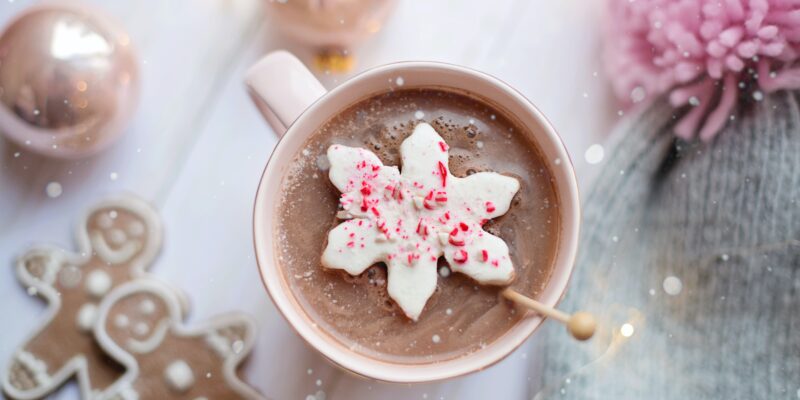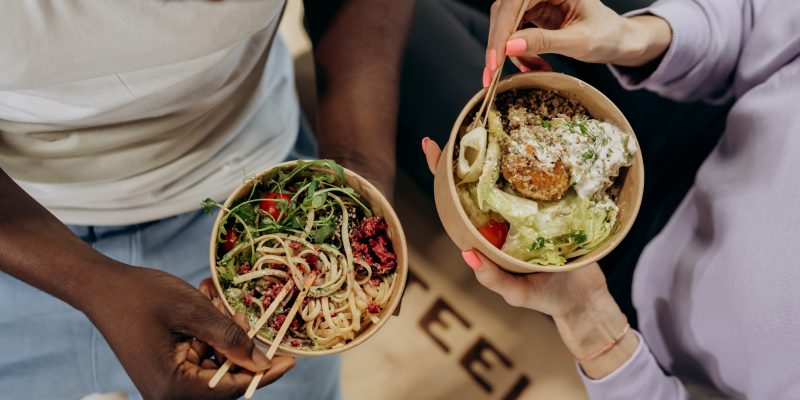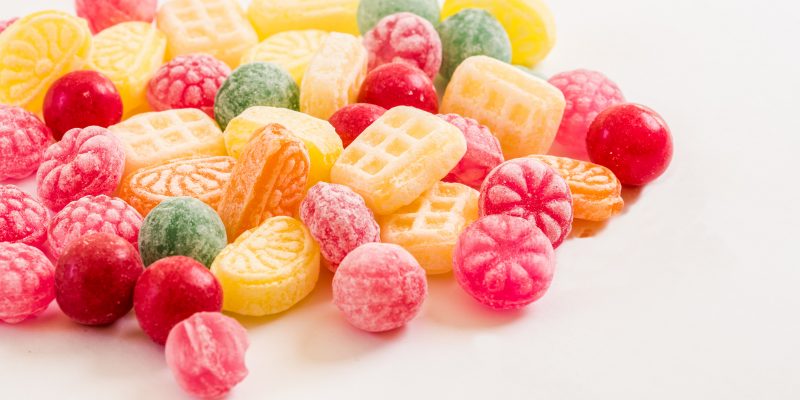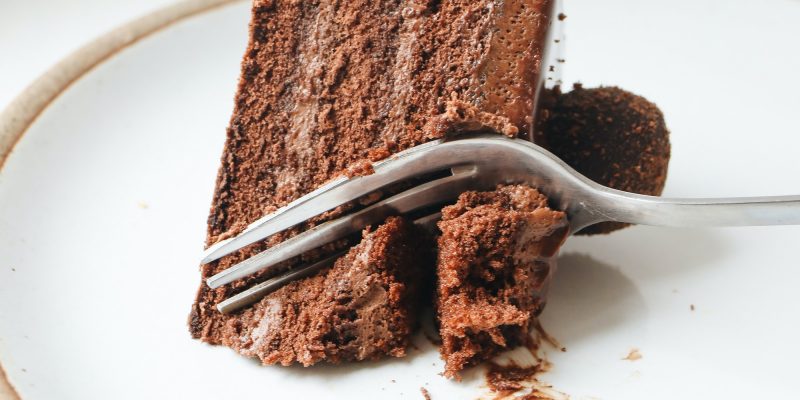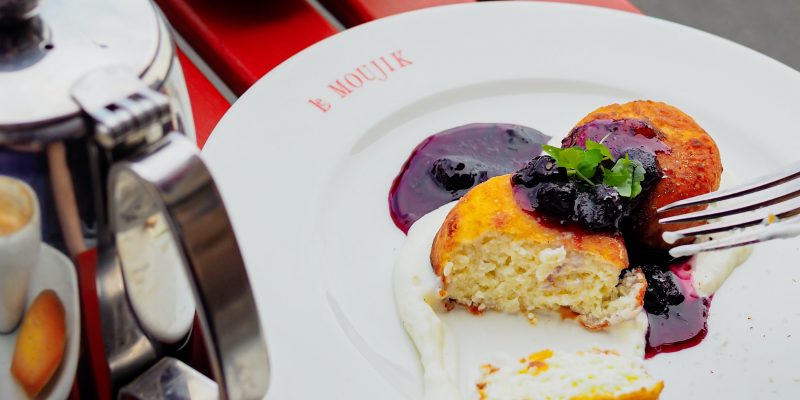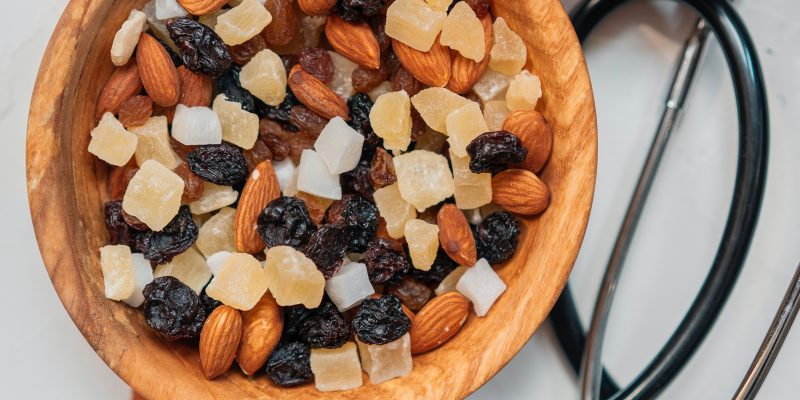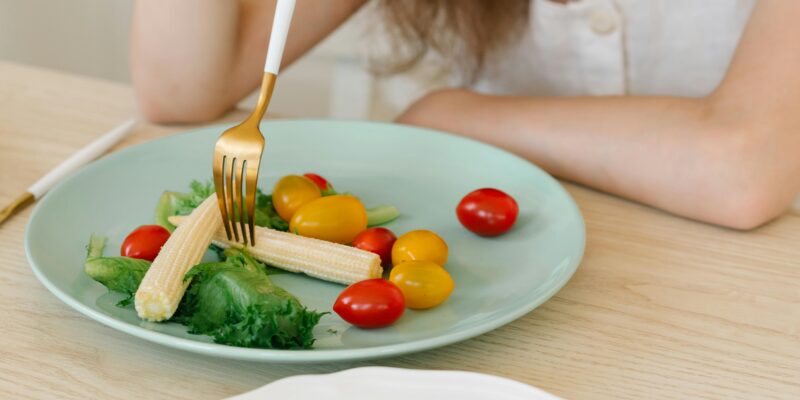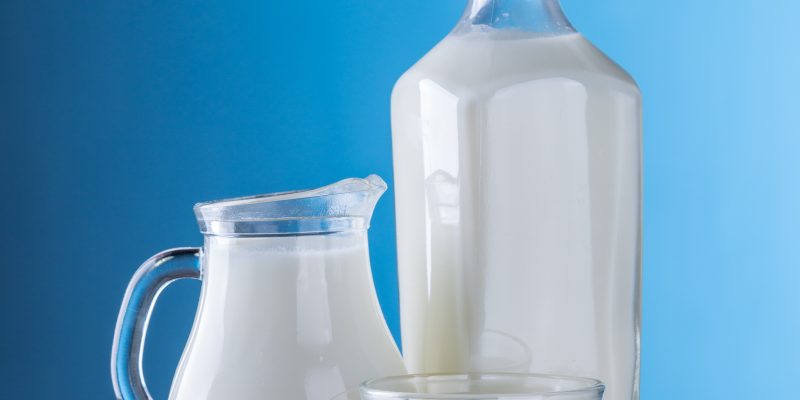Time away from the studio can feel unsettling for dancers, especially when routines change and movement decreases. Many dancers wonder if eating less during rest days or injuries is necessary or helpful. The truth is that fueling does not stop just because dancing does. This article explains how to nourish your body, protect your mental health, and support recovery when you are not actively dancing.
Read More...Balanced and Guilt-Free Holiday Eating Tips for Dancers
Holiday meals can bring joy, connection, and tradition, but they can also feel stressful for dancers navigating food and body expectations. The combination of rich foods, disrupted routines, and social pressure can challenge even the most supportive relationship with food. This article provides practical, dancer-specific strategies to help you feel grounded, nourished, and satisfied during the holiday season.
Read More...A Dancer’s Diet: Nutrition Supplements
Should dancers use protein powders? How about multivitamins? If not consuming a well-rounded diet that is sufficient in both calories and nutrients, dancers are at risk for developing key micronutrient and macronutrient deficiencies. Before deciding whether or not you can benefit from a nutrition supplement, consider the following 5 tips.
Read More...A Functional Approach to Food: Is It Better?
Functional and integrative nutrition approaches are popular among dancers but can be confusing and sometimes risky. While they often emphasize food as medicine, stress management, and sleep support, restrictive protocols can trigger disordered eating. Research shows limited evidence supporting functional diets, though some aspects, like lifestyle habits, can be beneficial. The key for dancers is to balance evidence-based guidance with enjoyment, culture, and the social role of food.
Read More...How To “Get Back On Track” After The Holidays (It’s Not What You Think!)
After the holidays, many dancers feel pressured to get back on track, but this mindset is rooted in diet culture and sets dancers up for restriction. Instead of compensating with strict eating or intense workouts, dancers benefit from nourishment, rest, and compassion. Allowing permission to enjoy food, reflecting gently on holiday eating patterns, and reconsidering body-driven New Year’s resolutions help prevent cycles of deprivation and overeating.
Read More...Get More Energy: Tips for Dancers
In this post, Rachel uncovers five key strategies dancers can use to stay energized throughout their demanding schedules. Understanding the role of carbohydrates, protein, and fat is the start. Learn about the importance of regular meals and snacks, hydration habits, and mindful caffeine consumption.
Read More...Protein Powder for Dancers, Ranked
Protein powders can support dancers during busy training periods, but they should never replace balanced meals or consistent food-based protein throughout the day. While whey protein remains the most effective and well-researched option, plant-based blends such as pea-and-rice or soy protein can offer complete amino acid profiles for dancers who avoid dairy. Collagen, despite its popularity, is not a complete protein and should not be relied on for muscle recovery or performance support. Let’s dive deeper.
Read More...What’s the Best Protein Bar for a Dancer?
Protein bars can be a convenient tool for dancers who need quick, portable fuel between classes, rehearsals, and performances. The best bars offer balanced nutrition with carbohydrates for energy, fats for satisfaction, and moderate protein for recovery. Dancers should avoid bars that often cause digestive discomfort. Choosing a bar with simple, real-food ingredients helps ensure predictable energy and supports optimal performance.
Read More...Dealing With Diet Talk: Your Ultimate Guide
If you’re embracing intuitive eating or moving away from diet culture, chances are you’ll encounter unwanted “diet talk.” This article shares five practical steps to recognize diet talk, set boundaries, and respond with confidence and self-care. Learn how to navigate comments about food, weight, and body image without losing focus on your progress. Feel empowered to protect your mindset and foster more supportive conversations around food and body.
Read More...The Most Common Nutrition Concerns Amongst Dancers
Dancers face distinctive nutrition concerns, from appetite dysregulation and wellness culture misinformation to increased injury risk. Learning to fuel consistently, honor hunger cues, and reject restrictive diet trends helps dancers build strength, energy, and longevity in their careers.
Read More...Is Organic Food Healthier?
Organic food is often marketed as the healthier choice, but is that really true? While the USDA organic label reflects specific farming and production standards, research shows little nutritional difference between organic and conventionally grown foods. Pesticide residues in both are far below safety limits, and “natural” doesn’t always mean safer or more sustainable. The real takeaway? Eating more fruits and vegetables— no matter how they’re grown— is what truly supports your health and performance as a dancer.
Read More...Nutrient Density for Dancers: What It Means (and Why It’s Often Misused)
Nutrient density refers to how many vitamins, minerals, and macronutrients a food provides relative to its calories. At first glance, this might suggest that the more nutrient-dense food is always the “better” choice. But for dancers, nutrient density isn’t about ranking foods; it’s about understanding how different foods serve your body.
Read More...5 Signs Your Meal Plan Isn’t Working- And how to fix it!
Meal plans can be helpful, but only if they actually support your energy, performance, and relationship with food. In this post, dancers learn to spot five common red flags that signal their meal plan isn’t working — from feeling drained on rest days to obsessing over “clean” eating — and discover practical, sustainable fixes that promote nourishment, flexibility, and balance both in and out of the studio.
Read More...The Problem with the 80/20 Diet Rule (and What to Do Instead)
The 80/20 diet rule promises balance: eat “healthy” 80% of the time, and save 20% for “unhealthy” foods. Sounds flexible, right? In reality, this mindset often backfires, leading to guilt, restriction, and the “cheat day” cycle. For dancers especially, the pressure to eat clean can make the 80/20 rule feel like another form of dieting in disguise.
Read More...From Dancer to Dietitian – The Roadmap
Do you have an interest in nutrition, food, or helping others? Many dancers inquire about the road to becoming an expert in nutrition for dancers. This article will share tips for you to consider if interested in blending your passions for dance and wellness.
Read More...Mindful Eating For Dancers
Mealtime mindfulness sometimes feels out of reach. The reality? Mindful eating can be a gentle skill that brings satisfaction back to your plate. In this article, we’re uncovering how mindful eating can help dancers, and 10+ steps to benefit from this useful tool.
Read More...5+ Signs the Dieting Mentality Is Holding You Back
Wellness culture is sneaky and oftentimes seemingly harmless habits can be a guise for very disordered eating behaviors. I’ve previously discussed how “clean” eating and diets like Noom can make it difficult to spot diet culture. But there are even subtler ways in which the dieting mentality shows up for dancers and this article will discuss them.
Read More...How to Handle Disappointment at Your Dance Audition
Audition rejection is tough, but it doesn’t have to define a dancer’s journey. This post explores how to validate your feelings, reflect on the experience without blame, and create a practical strategy for moving forward. By shifting away from restrictive food or training behaviors, dancers can protect both their performance and well-being. With compassion and sustainable tools, rejection becomes redirection toward growth and new opportunities.
Read More...Dancers & Picky Eating
Picky eating is common in childhood, but for dancers, it can impact growth, energy, and performance. From toddlerhood through adolescence, dancers need consistent support to expand their menu without pressure or stress. This guide explores age-specific strategies, what not to do, and how to foster curiosity and confidence around food. With patience and the right tools, even the pickiest dancer can learn to fuel their body and artistry.
Read More...The Best Milk for Dancers: Dairy vs. Dairy-Free Alternatives
From soy to oat to cashew, dancers today have endless options. Curious whether plant-based milk or dairy is the better choice? What if you’re lactose intolerant? This guide breaks down nutrition, taste, and performance benefits so you can find the option that best supports your dancing and your health.
Read More...



